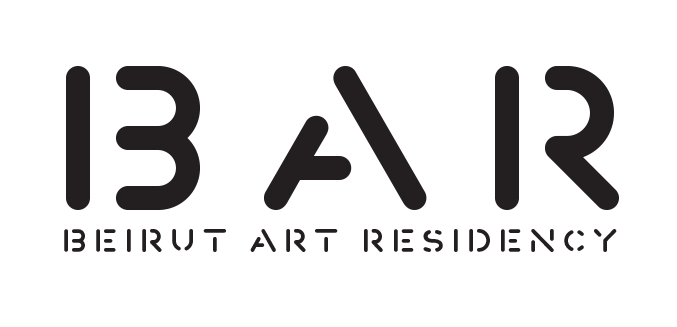RAGNHEIÕUR GESTSDÓTTIR
Dates of residency: November till December 2016
Born: 1975
Nationality: Icelandic
Lives and works: Reykjavík, Iceland
Education:
2012 MFA Fine Arts, Bard College
2010 MFA Fine Arts, The School of Visual Arts
2001 MA Visual Anthropology, Goldsmiths College
1999 BA Anthropology, University of Iceland
Selected shows:
2017 The In, With and Between Us, Gerðarsafn Museum, Reykjavík
2016 KINGDOM - Flora, Fauna, Fable, Reykjavík Art Museum, Reykjavík
2016 The Future We Remember , Southeastern Center for Contemporary Art, Winston-Salem
2015 Speak Nearby, Soloway Gallery, Brooklyn
THE ARTIST
Ragnheiður Gestsdóttir is a multidisciplinary Icelandic artist heavily influenced by her background in visual anthropology. In her installations, sculptures, photos and films she critically explores the human desire for uniformity and absolute truths, and their inherent failure by revealing the power structures, layers and cracks hidden under a desired surface. She is interested in language and the impossibility of translation - be it across languages, cultures, times, places or individuals, focusing on the concealed and marginalized narratives that scaffold the dominant ones. Ragnheiður is also a documentary filmmaker and has shown her films widely.
THE RESIDENCY
The eye is an unreliable source. Our perception is shaped by language and the structures that frame our realities; social, economic, political, temporal, spatial, material. But these structures and their monuments are just as unstable as our perspective. While at BAR Gestsdóttir was inspired by being in a place so loaded with History, her research focused on materials, signs and symbols that represent the origins of our culture. Gestsdóttir plays with the idea of the unwritten by cutting a hole in the shape of a column in an already existing marble table top. The hole represents what is left out, the powerless, the unseen. In another piece visitors are invited to build their own structures using small blocks of leftover marble and hand molded clay. Partly evoking childrens play, these blocks are usually made of wood and painted in the primary colours, they remind us how our behaviours and ideas are molded through the culture we are a part of.


